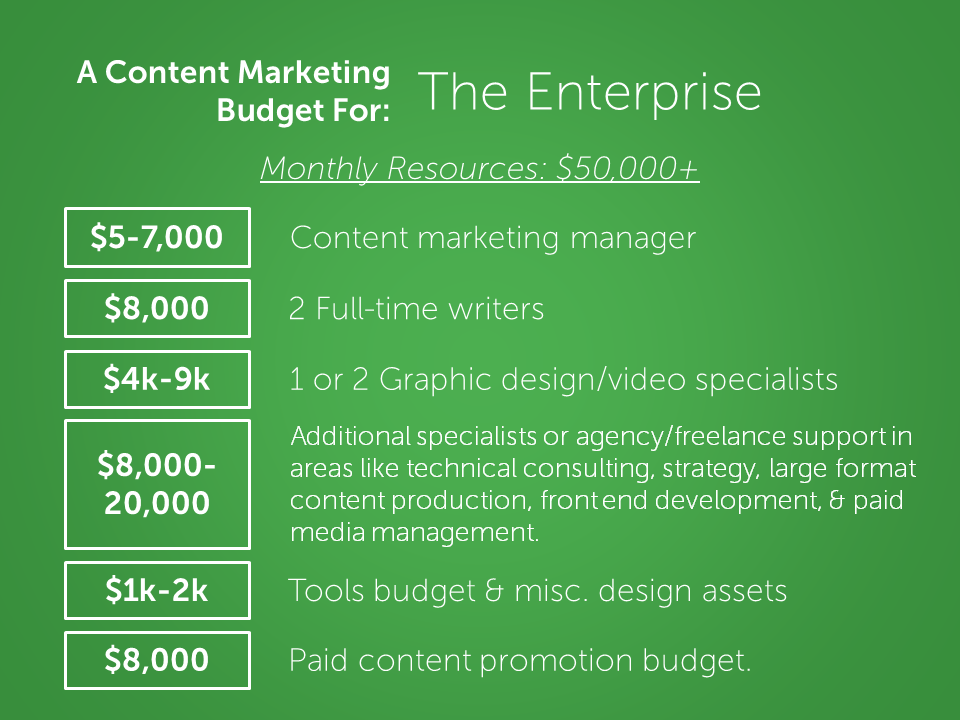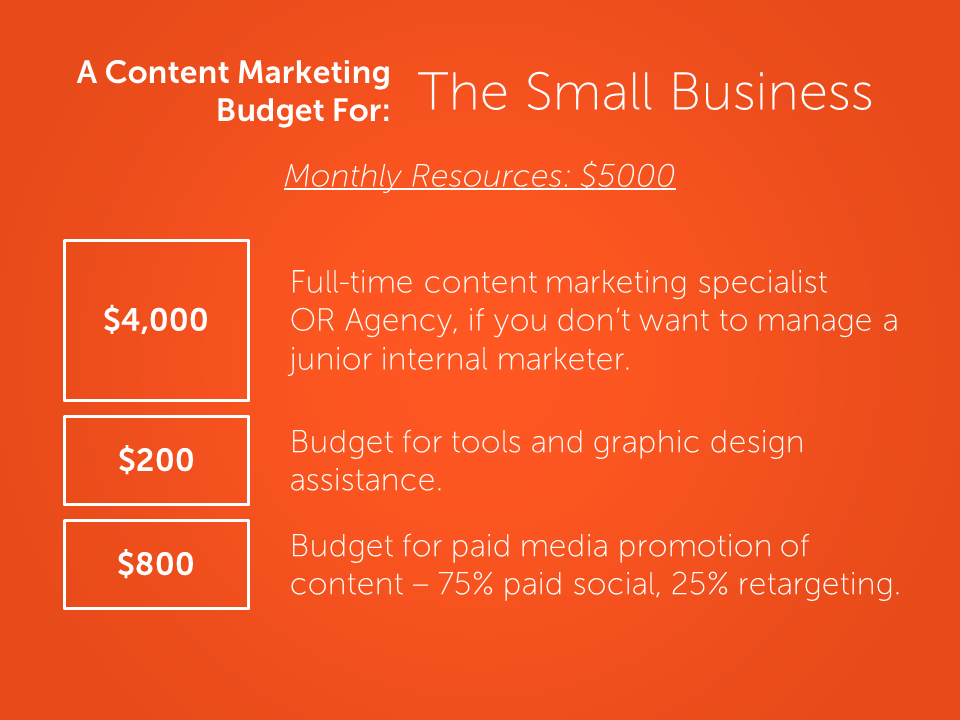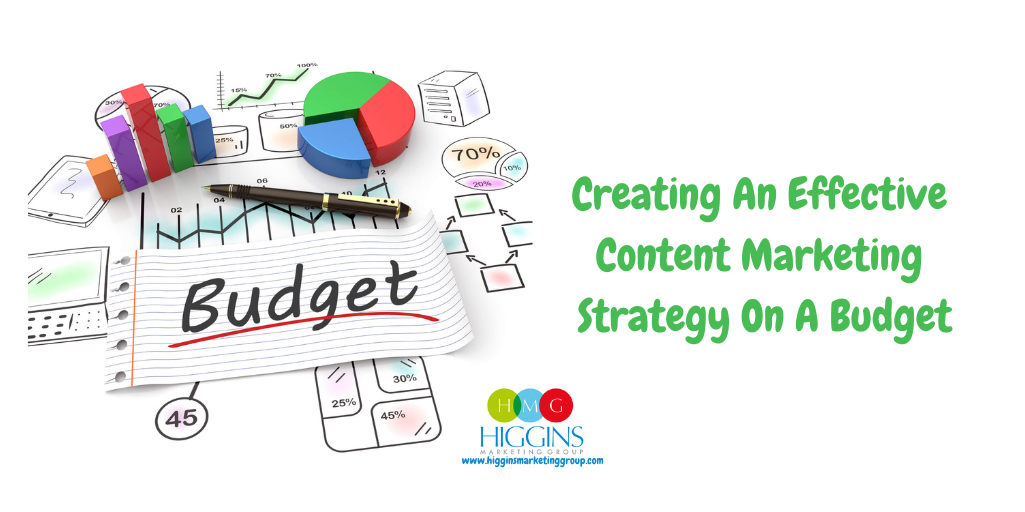To budget effectively for content marketing, start by defining clear goals and objectives aligned with your overall business aims, such as brand awareness, lead generation, or customer retention. Then, develop a detailed content strategy that identifies your target audience, content types, and publishing frequency. Allocate your budget based on these priorities, balancing costs across content creation, promotion, and performance measurement. Use a tiered budgeting approach with base, goal, and stretch scenarios to present options to decision-makers. Continuously evaluate content performance and adjust spending to maximize ROI, focusing more on high-performing channels and content formats.
Key steps and considerations include:
- Align budget with goals: Tailor spending to what you want to achieve with content marketing to avoid waste.
- Categorize spending: Divide budget into content creation (writing, video, design), promotion (paid ads, SEO), and tools or software.
- Typical budget share: Content marketing often consumes 30-40% of the overall marketing budget, reflecting its importance in lead generation and brand building.
- Create scenarios: Prepare multiple budget scenarios (base, goal, stretch) to facilitate leadership decisions and prioritize investments.
- Use a content calendar: Plan publishing schedules to estimate time and resources needed, helping to forecast costs accurately.
- Leverage in-house resources: Utilize internal talent where possible to reduce costs without sacrificing quality.
- Regularly review and adjust: Monitor content performance and reallocate funds to the most effective channels and content types for better ROI.
By following these practices, you can build a flexible, goal-driven content marketing budget that maximizes impact while controlling costs.





